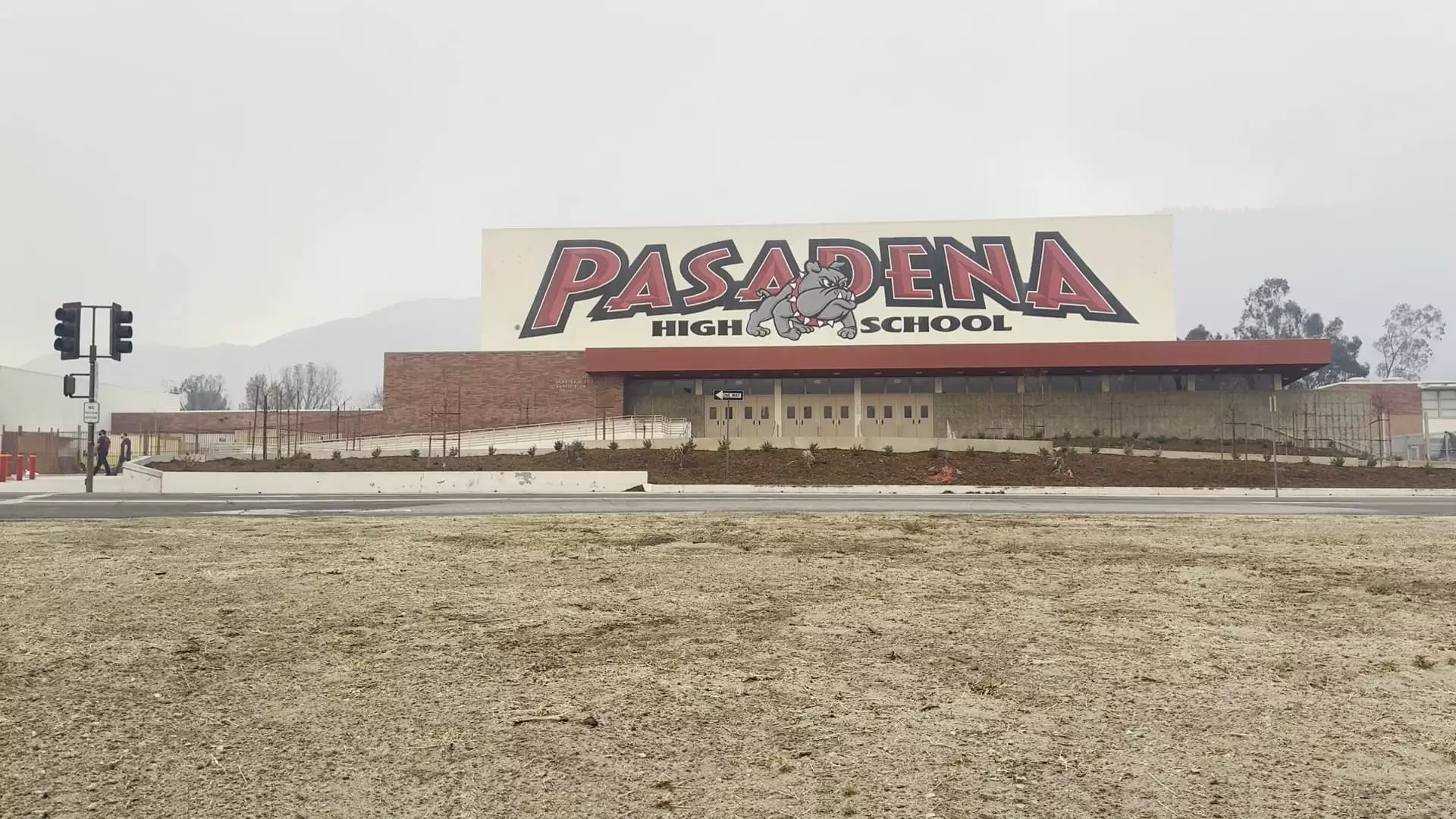Public schools in the United States are standing at the precipice of a devastating fiscal cliff as we approach 2025. The expiration of federal pandemic relief funds is not just a minor inconvenience; it is a ticking time bomb with the potential to obliterate educational infrastructures that families rely on for their children’s development. With the Georgetown Edunomics Lab indicating that around 250,000 education jobs, equating to a staggering $24 billion in labor costs, hang in the balance, the ramifications of this financial oversight could be catastrophic. It is as if schools were handed a golden ticket during the pandemic but now must face the harsh reality that most windfalls come with strings attached.
An Unplanned Staffing Surge
During the pandemic, hordes of federal funds surged into schools with the intent to address the unprecedented disruptions to student learning. However, districts took a gamble by increasing staffing levels under the assumption that these funds would last. They expanded their ranks with teachers, counselors, and support staff, but instead of laying the groundwork for sustainable growth, many districts mismanaged the situation. Now that those temporary funds have evaporated, what was once a helping hand has become an albatross around their necks. Marguerite Roza, from the Edunomics Lab, draws a powerful analogy: schools found themselves resembling a lottery winner who bites off more than they can chew. The result of this reckless financial planning will soon become painfully apparent.
Declining Enrollment and Its Consequences
Compounding the crisis is the alarming trend of declining student enrollment, a phenomenon that has gained traction since 2020. In states like California, this decline has been particularly acute, driven by demographic shifts like decreased birth rates and outward migration. The consequence of fewer students translates directly into dwindling funds, as public school financing is typically tied to enrollment numbers. The combination of ballooning staff and shrinking student bodies is a precarious situation, with school districts now grappling not just with empty classrooms but also with excess personnel whose roles may no longer be financially sustainable.
Morality vs. Budgetary Realities
The emotional toll this crisis imposes on educators is profound. As Mike Fine, CEO of the Fiscal Crisis and Management Assistance Team, notes, no one enters education eager to lay off dedicated professionals such as teachers or counselors. Yet, stark choices will have to be made, and the specter of layoffs looms large. What kind of society are we cultivating if we prioritize budgets over brains? The decision to cut jobs in our schools jeopardizes not only the future of those employed in education but the very quality of education itself.
Looking Ahead: A Call for Proactive Solutions
It’s clear that the current trajectory is not sustainable, and we cannot simply wait for the inevitable reckoning that looms ahead. As a society, we must advocate for innovative funding strategies that prioritize education while also considering the financial realities of our districts. Otherwise, the choices made today will echo through the halls of schools for generations. Our children deserve better than a reactionary response to financial mismanagement; they deserve an educational system that thrives on foresight, stability, and sustainability. As we stand at the crossroads of decision-making, the clock is ticking, and our action—or inaction—will define the next chapter in public education.


Leave a Reply